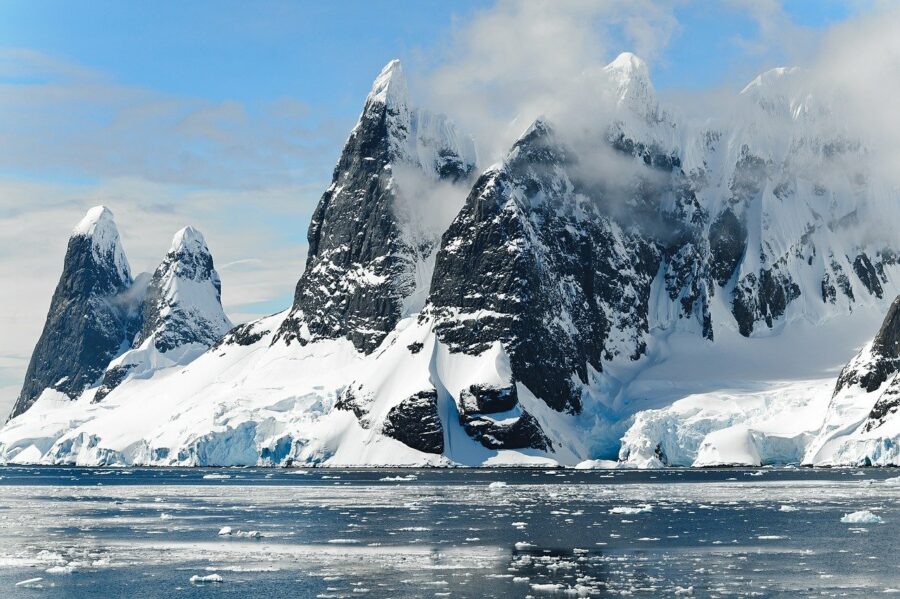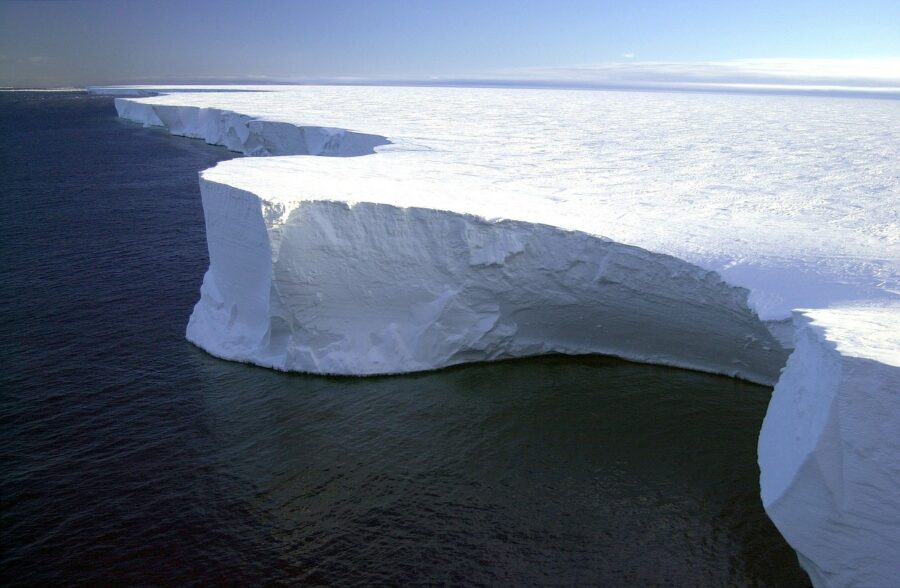Scientists Discover Unexpected Creatures In Antarctica
Scientists were in Antarctica performing studies on an ice shelf when they made an unexpected discovery. There was actual life there
This article is more than 2 years old

Antarctica isn’t exactly known for its thriving ecosystem and abounding life. Heck, it’s a frozen tundra landscape that has little to offer except icy conditions and unrelenting cold. And while there’s plenty we can learn from the ice shelves and arctic flow, there isn’t always so much to take in when it comes to biological organisms. That’s what made it all that much more surprising and shocking when a group of scientists found life forms in a place where they almost definitely should not have been.
Geologist James Smith and his team from the British Antarctic Survey were performing studies at the Filchner-Ronne Ice Shelf. This is deep in the tundra of Antarctica, working to study the movement of the shelf and grab some sea sediment samples along the way. It was a rather mundane study altogether. But on one of their deep-ice drilling attempts, they made an accidental discovery. The camera probe they were using to see deep below the ice happened to come upon a rock with black material that definitely shouldn’t have been there. It was half a mile down into the depths of the ice and seawater that they found something that stood out amongst its bleak surroundings.
What seemed like just random rock near the ocean floor of Antarctica ended up being actual life in this freezing and dark place which hadn’t been thought of as a place that could sustain living things. It was a black substance covering the rock and later identified to be a microbial mat. There were other sea sponges noticeable as well. Scientists were shocked because these things, according to conventional and scientific wisdom, definitely should not have been there. It didn’t appear like there was any way for them to even sustain themselves considering the lack of *food* in that region.

Unfortunately, because this study in Antarctica was meant as a geologic survey and not a biological one, the folks at the helm didn’t collect any samples from the rock. It was only afterward when examining the video of the deep ice probe did they really notice something was amiss. The thought is that ocean currents are bringing the organism the sustenance it needs, but that’s merely a hypothesis at this point. There could also be fish alive down there as well which are helping to maintain this type of life, but none were spotted.
What is clear is that yet again the Earth is able to deliver us surprises even when we think we have the world solved. But there are so many places still unexplored, like Antarctica, that it’s only speculation about what lies in the deepest shadows. In this case, life was sustained in a place where scientists would have all but been certain had no business being there.
It begs the question of what else is out there? If life is here in Antarctica at the bottom of the ocean in a ridiculously cold and dark environment, then what other organisms have defied the odds? What else is out there that we simply can’t see. While so many people have been looking to the skies for more life, maybe we should be seeking it out at the bottom of the icy ocean.












